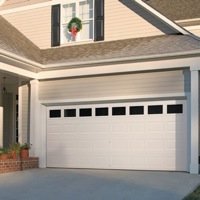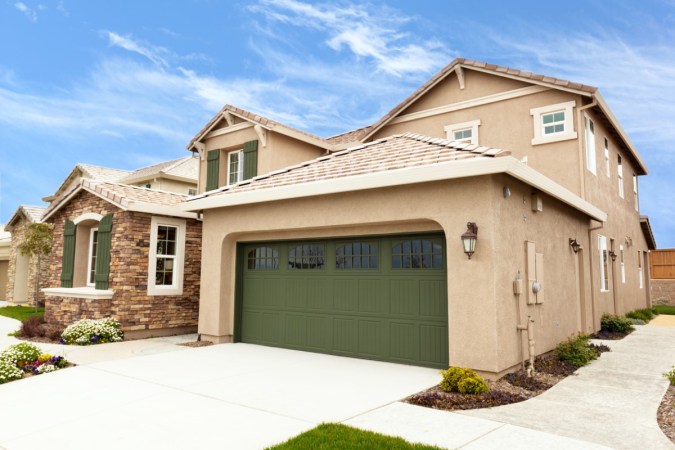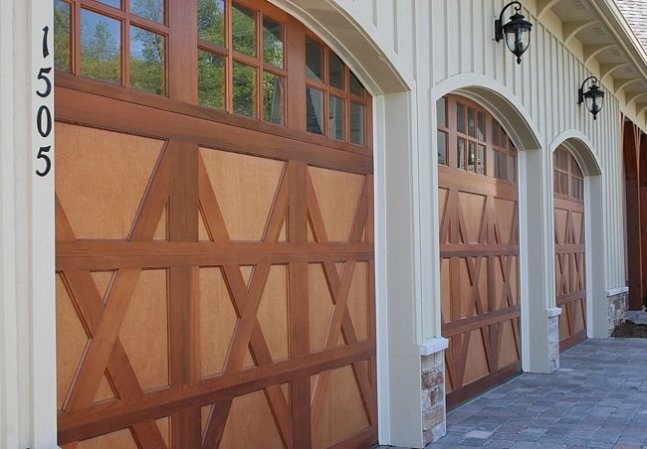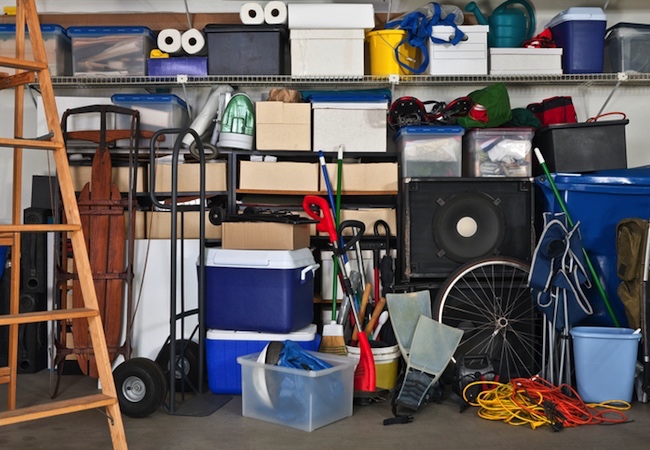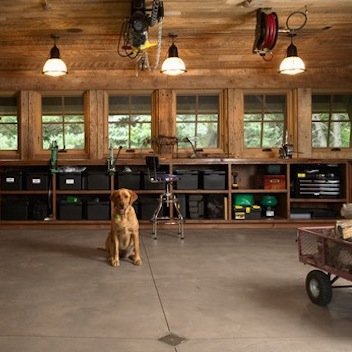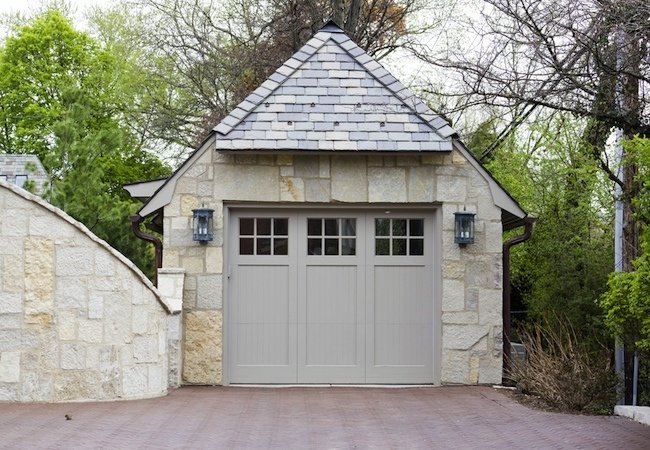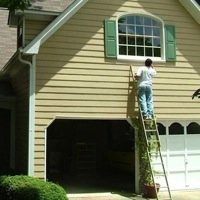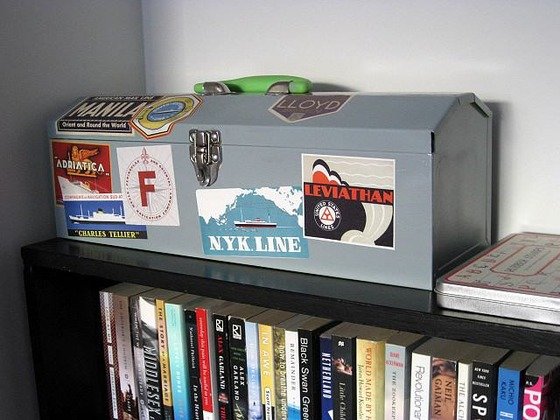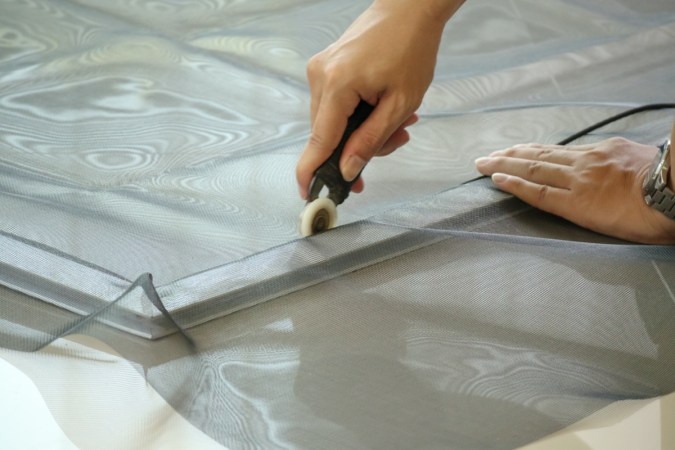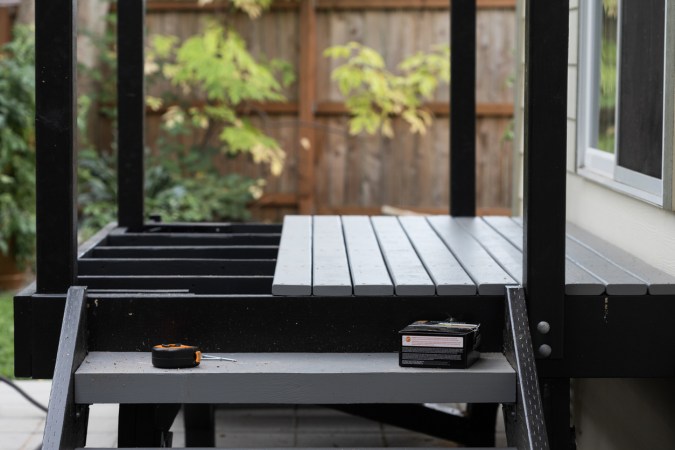We may earn revenue from the products available on this page and participate in affiliate programs. Learn More ›
The garage door is the single largest moving part in your home, and should be inspected and maintained every year. Whether you have a belt-drive, chain-drive, or screw-drive opening system, maintenance issues and steps to lubricate garage door tracks are virtually the same:
• Inspect the tracks to make sure there is no debris to catch the rollers. Wipe them out or vacuum if needed.
• Lubricate the rollers with regular engine oil. Put a drop on each roller and allow the rolling action to draw it into the bearings. Don’t use grease, it will just gum up the tracks and collect hair and debris.
• Check cables for any sign of fraying and make certain that springs are tight and connected.
• Lightly lubricate any bearings and garage door hinges.
• Check the spring to make sure that it is “wet” or lightly lubricated. If it gets dried out, it will clump and jam up your system.
With a chain-drive system, check to make sure the chain is greased. Aside from that, the door is your final moving part and should be checked for tight screws and lightly oiled connections.
The garage door opener itself controls a number of features that require monitoring. Basically the system is designed to shut down in the case of malfunction. While this is an opener’s greatest safety feature, the cause may not be readily apparent.
Troubleshooting Garage Door Problems
Any garage door opener installed today must, by federal law, have optic sensors to detect any person or object in the pathway of the door. This is usually the cause for a non-functioning door. Optic sensors must be aimed at each other so that they can send and receive an uninterrupted beam of light. If these eyes get out of alignment, the system will shut down. First check to see if there are any obstructions or items blocking the eyes. If not, check to see if the eye has become misaligned. Jiggling the eye or rotating it slightly usually brings it back into line with its partner.
The more sensitive the garage door opener, the greater the chance of shutdown. This is intentional, but owners need to know the signs of trouble. Newer openers feature diagnostic lights that flash a code to tell the owner of the problem. Dirty tracks, misaligned rollers, broken springs — all cause the opener to shut down. Get to know your system and check it regularly for force of operation and automatic return.
Most garage door companies suggest that you test your system every month or two months to be certain it is functioning properly. The force with which the door closes can be adjusted. To test its sensitivity, place a two-by-four in the opening and close the door. The door should return or bounce back on contact. If not, the force needs to be lowered. This adjustment is usually on the back of the housing itself. Keep in mind that door weight varies depending on temperature and humidity. A door may return safely at a force of 5 in the winter, but require a 4 in the spring.
Grinding, scraping, or whirring sounds indicate a problem in the gears, motor, or sliding mechanisms. If in doubt, call a qualified service technician. As for springs, there is no foolproof test for strength or remaining life. There’s comfort in the fact that they virtually never give way when the door is raised, because there is no tension then. To be safe, make sure that your springs are on safety cables so if they do snap, they won’t hit people or vehicles. Another test is to disconnect the opener and raise the garage door manually. If it can be raised by an older child, the springs are fine.

